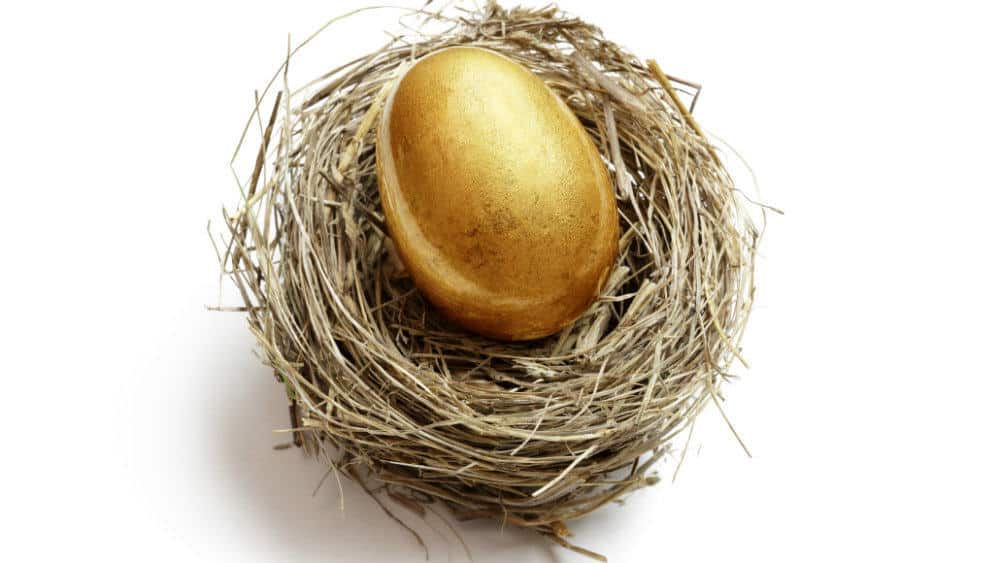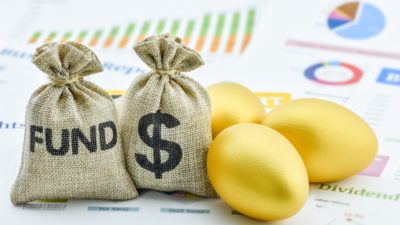What’s the ideal amount you can retire comfortably on? There is no universal answer to this question. The easiest route to take in this regard is the more you have, the better it would be for a comfortable retirement. Many financial experts put the number somewhere north of a million, but are seven figures savings imperative for a happy retirement?
No. You can retire comfortably on a sum like $600,000 if you take the right steps (and don’t confuse “comfortable” with “luxurious”). With the right financial choices, a $600,000 nest egg might be enough for an adequately funded retirement without depleting your savings at a dangerous rate.
Choose the right place to retire
Your retirement savings might not be worth much if you blow 80% of it on buying a condo. But if you move out of the city and relocate to a small town, you might easily be able to afford a place for under $200,000. You might also field a smaller property tax bill and enjoy the affordability of a small town. From a financial perspective, relocating to an affordable town is an ideal retirement move.
It’s important to take your retirement needs into account before relocating. It won’t be financially savvy to move to a small town if you have to drive every day to a nearby city for your retirement activities.
Consider all income sources
Your RRSP and TFSA funds are only two of your retirement income sources, but there are others as well. Your CPP and OAS pension and, if you are lucky, a sizeable employer pension are also important income sources. On average, you might be able to earn about $1,300 in CPP and OAS pension. You can increase this amount significantly if you don’t start taking your pension till you are 70.
This would be the smart thing to do, because the more you earn from your fixed pension sources, the less you’ll rely on your savings to sustain you. Also, being retired from your day job doesn’t mean you can’t earn at all. Even if you don’t work long hours, you can earn a decent income as a consultant, a tutor, or by monetizing your hobbies.
Smart investments
Most retirees focus on high-yield dividend stocks for a stable dividend-based monthly income, but it might be smarter to seek stocks that offer some capital growth as well. This will ensure that your retirement savings are growing instead of depleting. This way, you might be able to systematically sell a small number of shares every year without it drastically impacting your dividend income.
One stock that offers both a decent yield and capital growth potential is Granite REIT (TSX:GRT.UN). The company has been increasing its payouts for nine consecutive years, making it the oldest Aristocrat in the real estate sector. Also, a sizeable portion of its portfolio is overseas, so it’s not as vulnerable to local headwinds as many other REITs are.
The company currently offers a yield of 3.8%. Its five-year CAGR is over 15%. With a few dividend-growth stocks like Granite (some with higher yields, others with higher capital growth rate), it’s possible to create an investment portfolio that offers 10% yearly growth and pays dividends at about a 4% yield. If you invest half of your retirement savings in such a portfolio ($300,000), you can get $1,000 in monthly dividend income, and your portfolio might double in size in fewer than eight years.
Foolish takeaway
With the right investment portfolio and relying more on a dividend-based income source than your savings (or selling shares), it’s certainly possible to retire comfortably on a $600,000 nest egg. But you’ll also have to take the tax implications of your different income sources into account. Ideally, you will be able to manage your taxable income by relying on your TFSA nest egg.









